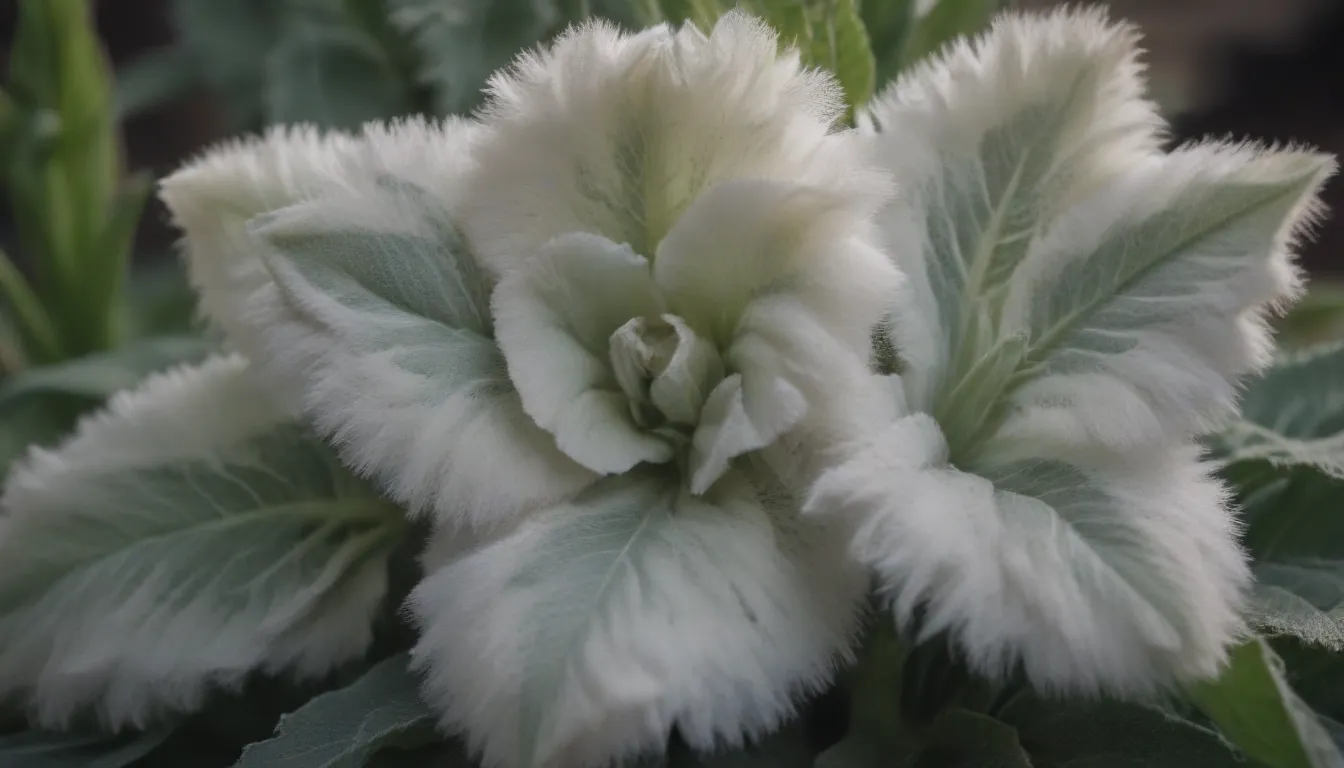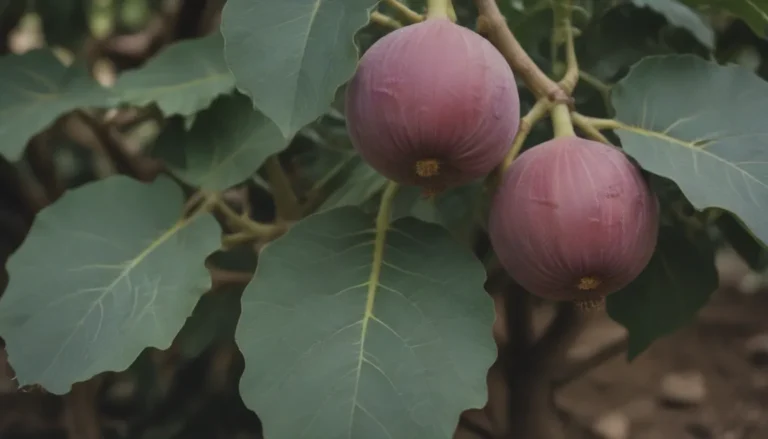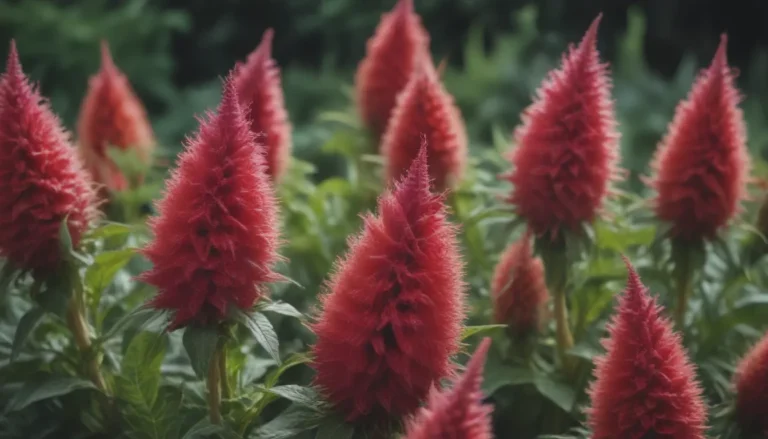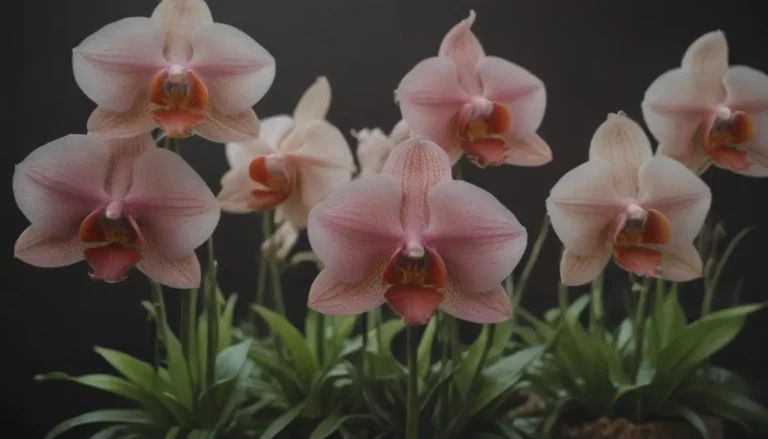The Ultimate Guide to Growing and Caring for Lamb’s Ear: Your Complete Resource

If you’re looking to add a touch of soft, silvery beauty to your garden, Lamb’s Ear is the perfect choice. This fast-spreading perennial is known for its thick, fuzzy leaves that create a beautifully textured mat in any garden. In this comprehensive guide, we will walk you through everything you need to know about growing and caring for Lamb’s Ear so you can enjoy this stunning plant in all its glory.
Lamb’s Ear: A Closer Look
Before we dive into the care requirements for Lamb’s Ear, let’s take a closer look at what makes this plant so special. Here are some key characteristics of Lamb’s Ear:
- Appearance: Lamb’s Ear is prized for its thick, fuzzy, silvery leaves that give it a soft, velvety texture.
- Growth Habit: This perennial plant is fast-spreading and forms a low mat of foliage.
- Light Requirements: Lamb’s Ear thrives in full sun in cooler climates but can benefit from partial shade in desert areas or high-heat locations.
- Soil Needs: It prefers poor, well-drained soil with a slightly acidic pH, similar to plants associated with a Mediterranean climate.
- Watering: Lamb’s Ear is drought-tolerant but benefits from about 1 inch of water per week.
- Hardiness Zone: It grows well in zones 4a to 9a and can withstand a range of temperatures.
Now that we’ve covered the basics, let’s explore how you can care for your Lamb’s Ear to ensure it thrives in your garden.
Lamb’s Ear Care: Tips and Tricks
Here are the main care requirements for growing Lamb’s Ear:
Light
- Grow Lamb’s Ear in full sun in cooler climates, but provide partial shade in desert areas or high-heat locations.
- Excessive heat and dry conditions can cause the leaves to scorch, so monitor their exposure to sunlight.
Soil
- Plant Lamb’s Ear in poor, well-drained soil with a slightly acidic pH.
- Consider amending the soil with organic matter to improve drainage before planting.
Water
- Water Lamb’s Ear about 1 inch per week, only when the soil feels dry.
- Avoid watering the top of the plants as wet leaves can lead to rot or fungal diseases.
- Mulch underneath the leaves to keep the foliage dry and prevent decay.
Temperature and Humidity
- Lamb’s Ear grows well in hardiness zones 4a to 9a and can withstand a range of temperatures.
- It dislikes humid conditions, which can make it susceptible to fungal diseases.
- Remove any rotted plants promptly to prevent the spread of disease.
Fertilizer
- Lamb’s Ear prefers soil that is not rich, so you can usually skip fertilizing.
- Add a thin layer of compost in spring to promote growth.
By following these care tips, you can ensure that your Lamb’s Ear remains healthy and vibrant in your garden.
Types of Lamb’s Ear Cultivars
Lamb’s Ear comes in many cultivars, each with its unique characteristics. Here are a few of the most common varieties:
- ‘Big Ears’ or ‘Helen von Stein’
- ‘Silver Carpet’
- ‘Cotton Boll’
Each cultivar offers a slightly different look and growth habit, so you can choose the one that best suits your garden aesthetic.
Pruning and Maintenance
To keep your Lamb’s Ear looking its best, regular pruning and maintenance are essential. Here are some tips for keeping your plant tidy and healthy:
- Pruning: Deadhead the plant to remove flower stalks and prevent pests.
- Division: Divide established patches in the spring to promote healthy growth.
- Cutting Back: Trim back dying foliage in late fall or early spring to rejuvenate the plant.
- Propagation: Propagate Lamb’s Ear by dividing established plants or harvesting seeds for new growth.
By staying on top of pruning and maintenance tasks, you can ensure that your Lamb’s Ear remains vibrant and beautiful year after year.
Common Plant Diseases and Pest Control
While Lamb’s Ear is relatively resistant to pests, it can be susceptible to fungal diseases in humid conditions. Here are some common issues to watch out for:
- Rotting Leaves: Remove dead or rotting leaves promptly to prevent fungal infections.
- Spots on Leaves: Discard infected leaves and provide good air circulation to prevent further spread of disease.
- Stunted Growth: Look out for signs of nematode infestation, which can cause stunted growth and eventual plant death.
By addressing these issues promptly and providing optimal growing conditions, you can keep your Lamb’s Ear healthy and thriving in your garden.
Alternative Plants to Consider
If you love the soft, silvery foliage of Lamb’s Ear but want to explore other options, consider these alternative plants:
- Silver Sage (Salvia argentea): Resembles Lamb’s Ear but with showier blooms and better heat and humidity tolerance.
- Mullein (Verbascum sp.): A larger specimen with similar velvety leaves but different growth habits.
- Other Herbaceous Plants: Explore different herbaceous plants with unique textures and colors to add variety to your garden.
By experimenting with different plants and textures, you can create a diverse and visually appealing garden that complements your Lamb’s Ear.
Final Thoughts
Growing and caring for Lamb’s Ear is a rewarding experience that can add beauty and texture to any garden. By following the tips and guidelines outlined in this guide, you can ensure that your Lamb’s Ear thrives and remains healthy year after year.
So, whether you’re a seasoned gardener looking to add a new plant to your collection or a beginner eager to explore the world of perennials, Lamb’s Ear is a fantastic choice that is sure to delight and impress. Happy gardening!





